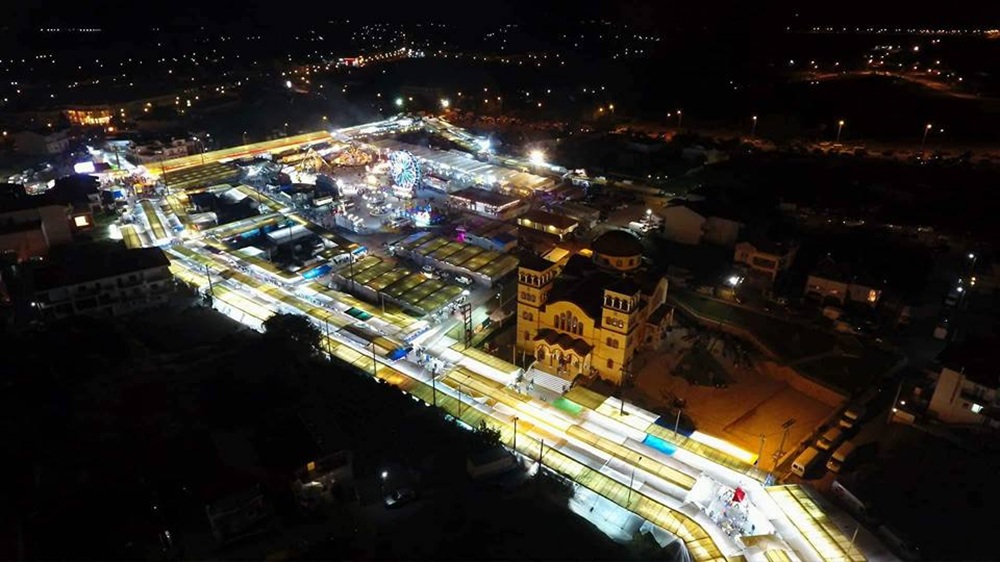
The Ministry of Culture announces the registration of eleven new items in the National Register of Intangible Cultural Heritage of Greece, in accordance with the Convention for the Safeguarding of Intangible Cultural Heritage (UNESCO, 2003). The Directorate of Contemporary Cultural Heritage of the Ministry of Culture was responsible for collecting and processing the data. These were approved by the Intangible Cultural Heritage Council, with the participation of the communities and organizations that bear this living heritage.
The Minister of Culture, Lina Mendoni, stated:
“The registration of the eleven new elements highlights the cultural diversity of Greek communities throughout our country, strengthening collective memory, historical continuity, and cultural sustainability. Each element of intangible cultural heritage is a valuable vehicle of identity, experience, and creative expression, connecting the past with the present and shaping the future. Intangible cultural heritage is alive, experiential, and transferable; it is a way of life, a way of perceiving and participating in the community. It is a constant priority of our cultural policy, not only as an object of protection, but as an active field of participation, education, and intergenerational exchange. The inclusion of these elements reflects the Ministry of Culture’s steadfast support for the communities and organizations working to preserve and promote intangible cultural heritage, strengthening their initiatives and jointly shaping a modern and sustainable framework for the continuation of this intangible, but also deeply tangible, cultural heritage.”
The eleven elements registered in the National Register of Intangible Cultural Heritage of Greece are as follows:
- Kedara, in Fytia, Imathia
A Christmas custom performed at midnight on December 23 by the Cultural and Educational Association of Fytia, in collaboration with the community of Fytia. The members of the association, carrying torches, set fire to a large pile of cedar branches. Then everyone present joins in a dance around the fire. At the same time, the children of the association distribute nuts and raisins, known as “biblia,” as well as wine or tsipouro. In addition, a buffet is set up with traditional dishes prepared by the women of the village. Throughout the night, the phrase “Kolinta Kolinta and Christ is born” is heard rhythmically.
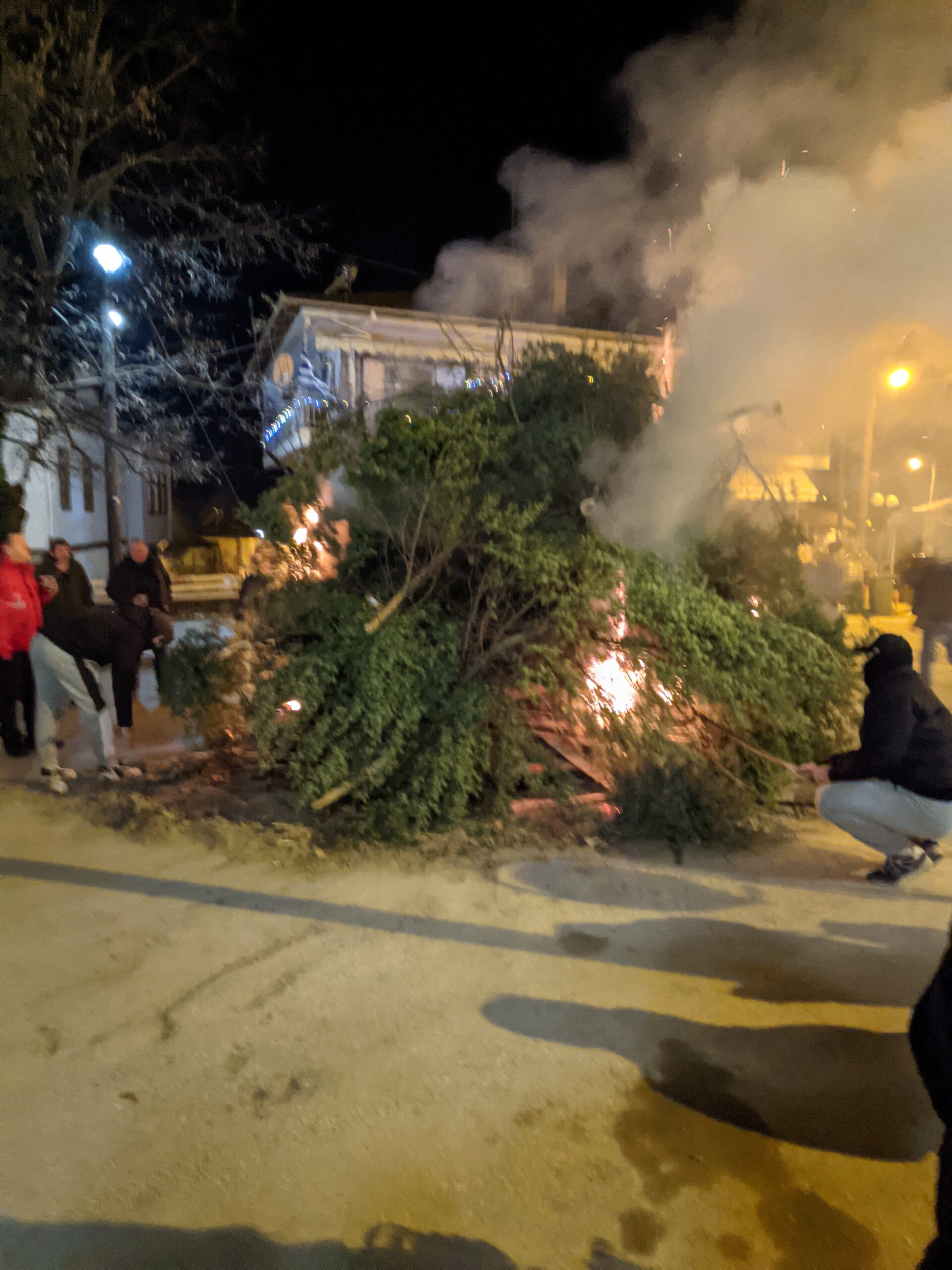
- The art of weaving of Tsakonian kilims in Tyros, Arcadia (workshop of the Psarologos-Rodopoulos family)
At the Psarologou-Rodopoulou family workshop in Tyros, Arcadia, the tradition of weaving kilims on a vertical loom has been going strong for three generations of weavers, with the craft being passed down from mother to daughter. Tsakonian weavings are made from cotton warp and woolen yarns and are single-piece creations with the same pattern on both sides. Weaving is done with the fingers, using only a comb as a tool. Today, Elizabeth Rodopoulou, a third-generation weaver, continues the family tradition together with her mother, Thomai Psarologou-Rodopoulou, preserving, developing, and passing on the traditional know-how of Tsakonian kilim weaving.
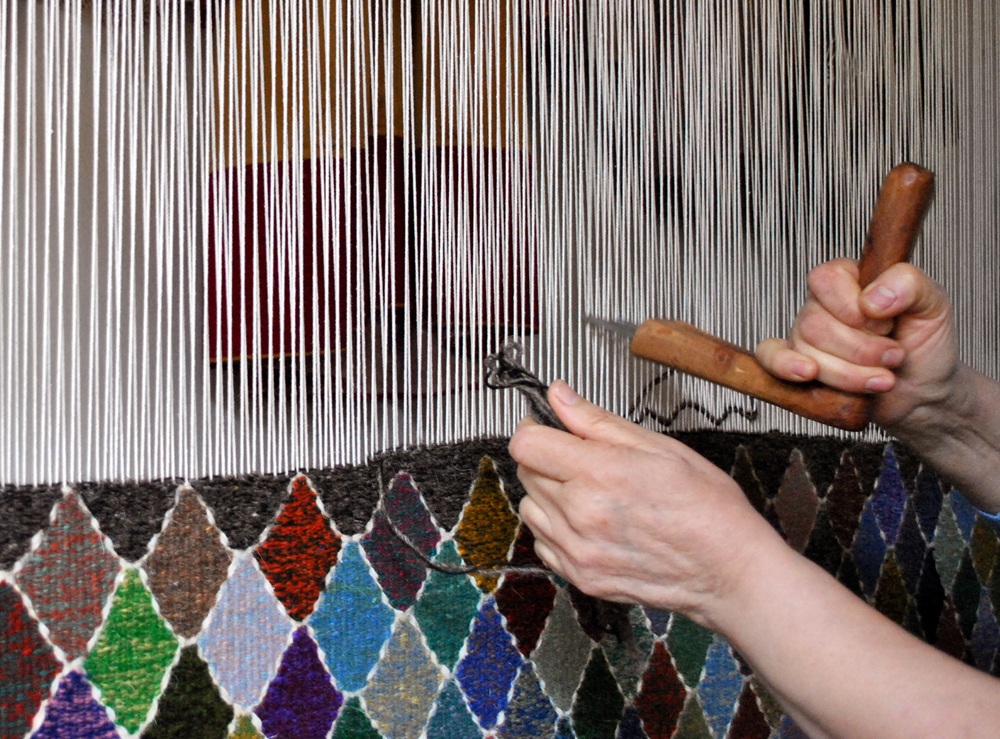
- Bambiden at Petroussa
Bambiden is a cultural phenomenon observed in Petrouissa, Drama, on January 6, 7, and 8. For the people of Petrouissa, it is their most important festival, a celebration of a festive nature. For three days, all the residents of Petrouissa participate in parades and festivities, dancing and singing. The sound of the local musical instruments, consisting of lyres and dahares, the masked figures (Arapes, mannequins, prassophores), the camel paraded as the forerunner in the “gyres” and the dances and melodies dominated by the Leventiko/Haraptska (of the Arapis), always accompanied by the process of “constructive drinking,” characterize Babinden.
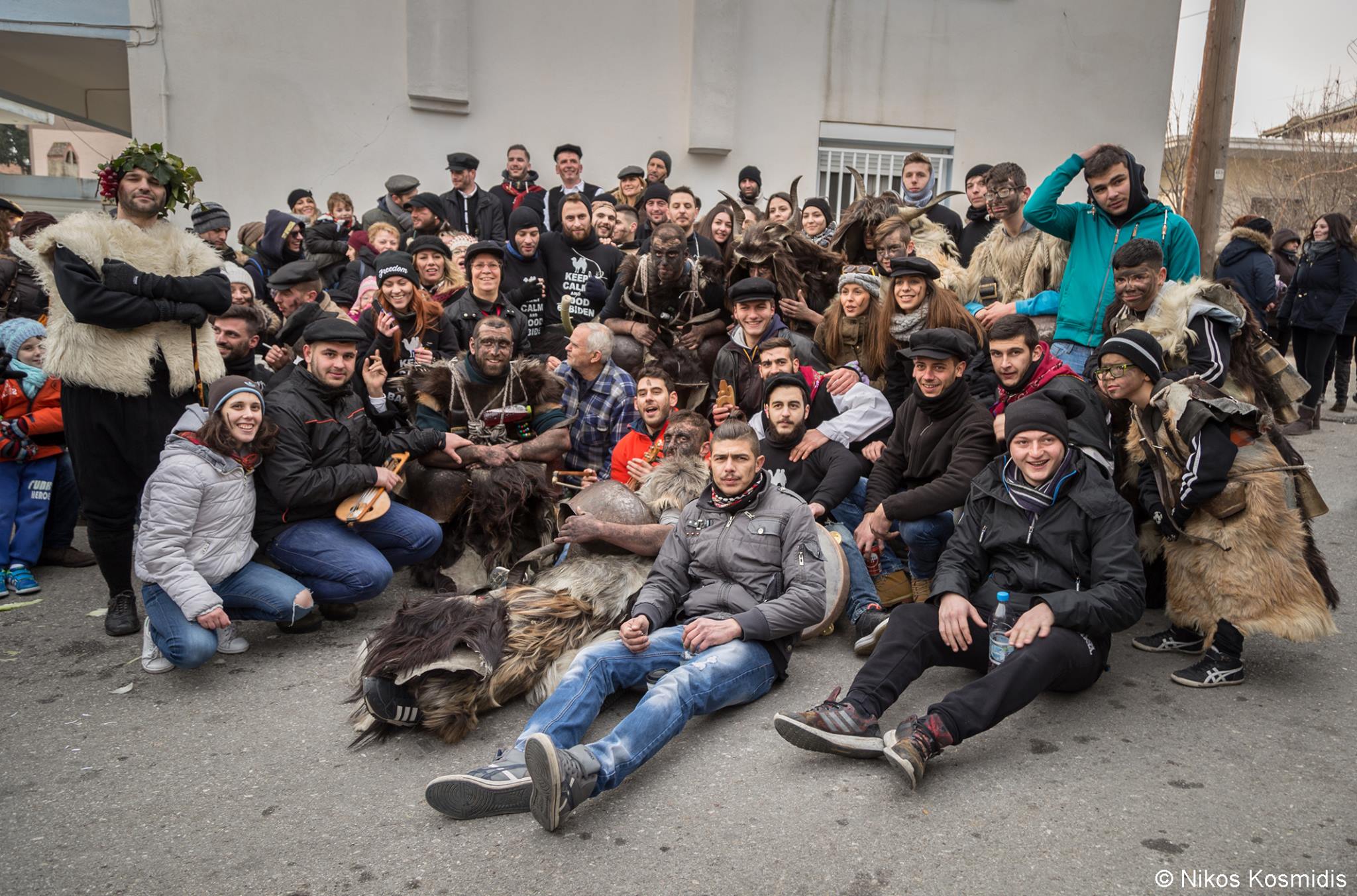
- Lazaroudia at Rodavgi, Arta
“Welcome, Lazarus, this year and next year, with white, red, and flowers…”
Every Lazarus Saturday, on Friday evening on the balcony of the historic Church of St. Paraskevi in Rodavgi, young and old, men and women, sing with passion some of the approximately 30 unforgettable songs of Lazarus, songs of our tradition. In the past, the “Lazaroudia” were sung by children in all the houses of the village. The Easter custom is still alive and well in Rodavgi, and the Rodavgi Cultural Association, together with all the village institutions (Church, Community, Women’s Association, etc.), support the folklore group.
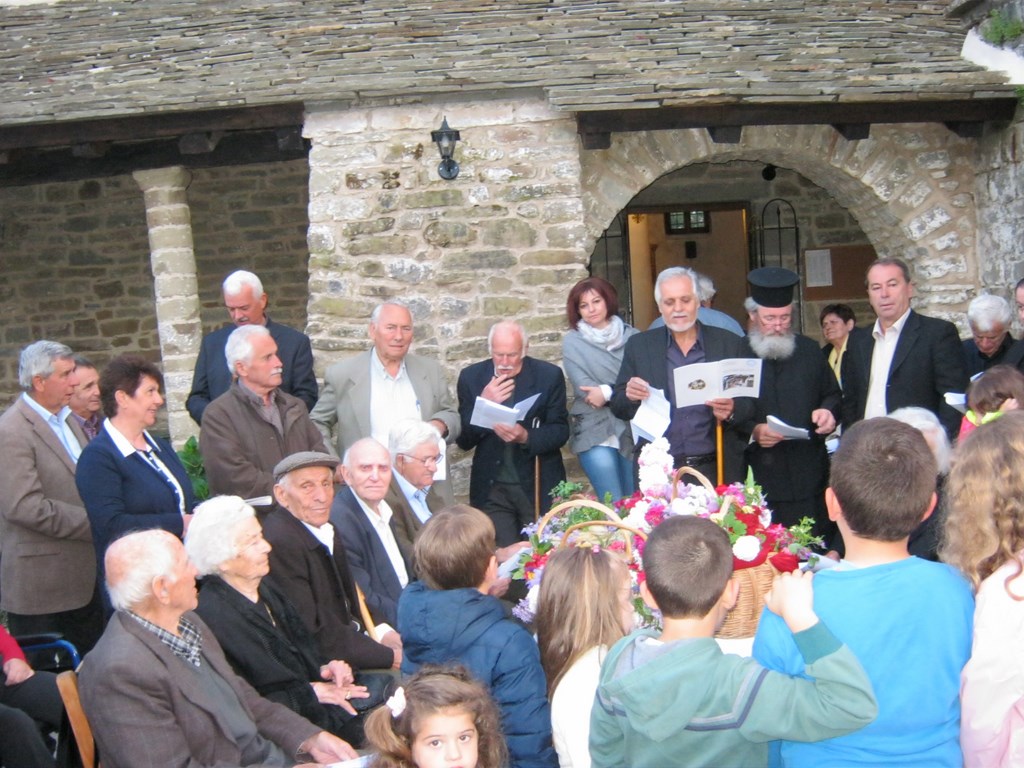
- The Dance of the Gachelonas in Mikrokastro, Voio, Kozani
The dance of “Gachelonas” is a unique traditional custom that takes place on New Year’s Day in Mikrokastro, Voio, Kozani. It is a circular, male dance with a strong satirical character, accompanied by singing without the use of musical instruments. The lead dancer stands out for his theatricality and passion, guiding the other dancers with gestures and improvisations. A man in the center of the circle, holding a stick, watches and supervises, while the participants imitate the movements of the lead dancer.
The song “Gachelonas” tells a funny story with animals like a turtle and a hedgehog as the main characters. The dance is the highlight of the New Year celebrations, with the men wearing traditional costumes and adding a special touch of humor and liveliness to the event. “Gacheloona” is an important part of the cultural identity of Mikrokastro and is kept alive through the efforts of the local community and the Cultural Association.
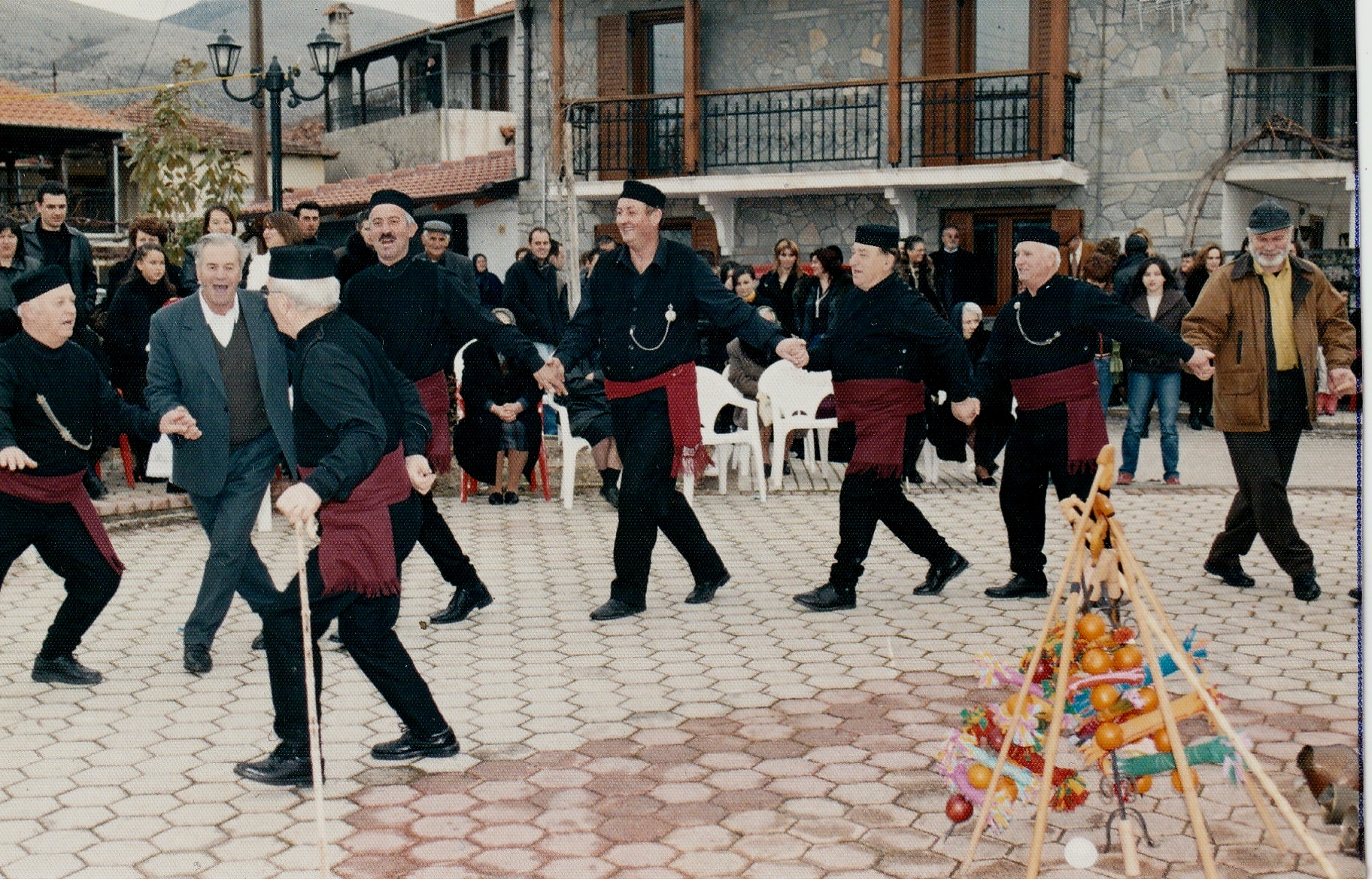
- Corfu’s Siniotikos Dance
The Siniotikos dance is a Corfu dance in 2/4 time which, as its name suggests, originates from Siniés. It is danced in a circle by men and women. The lead dancer performs skillful movements and jumps.
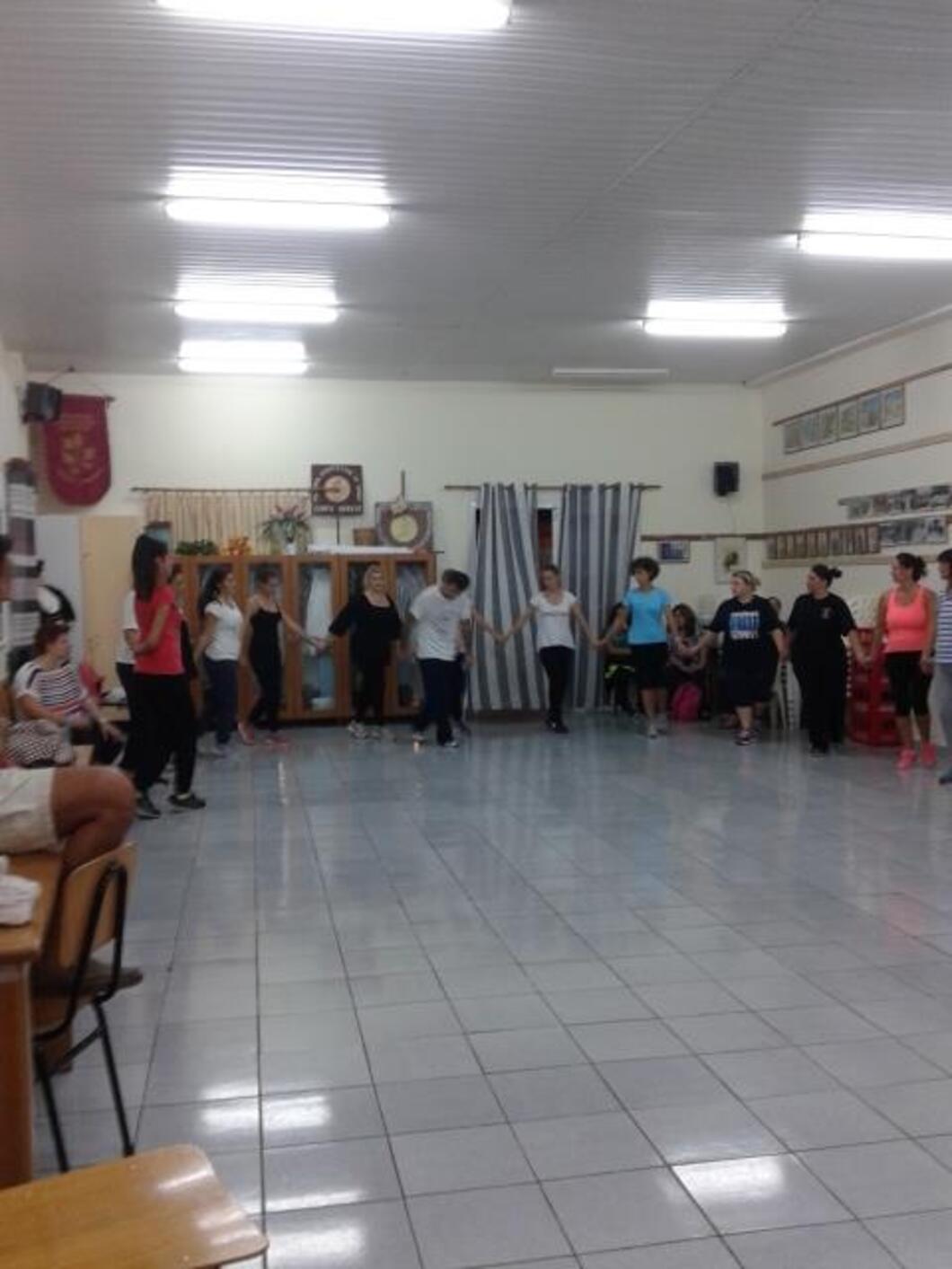
- Argos Carnival
The three-day annual Carnival, this festive celebration, takes place from December 31 to January 2 each year in Argos Orestiko, in the municipality of Argos Orestiko in the regional unit of Kastoria. It retains many Dionysian elements and coincides with the Roman Kalends. Its origins date back to at least the 19th century as a means of entertainment during the Ottoman occupation, beginning on New Year’s Eve with a special welcome to the New Year, continuing with a parade of groups on New Year’s Day, and ending with the Pateritsa, a traditional dance performed by women in costume on the second day of the year. It is the first carnival of the year and is unique in the world.
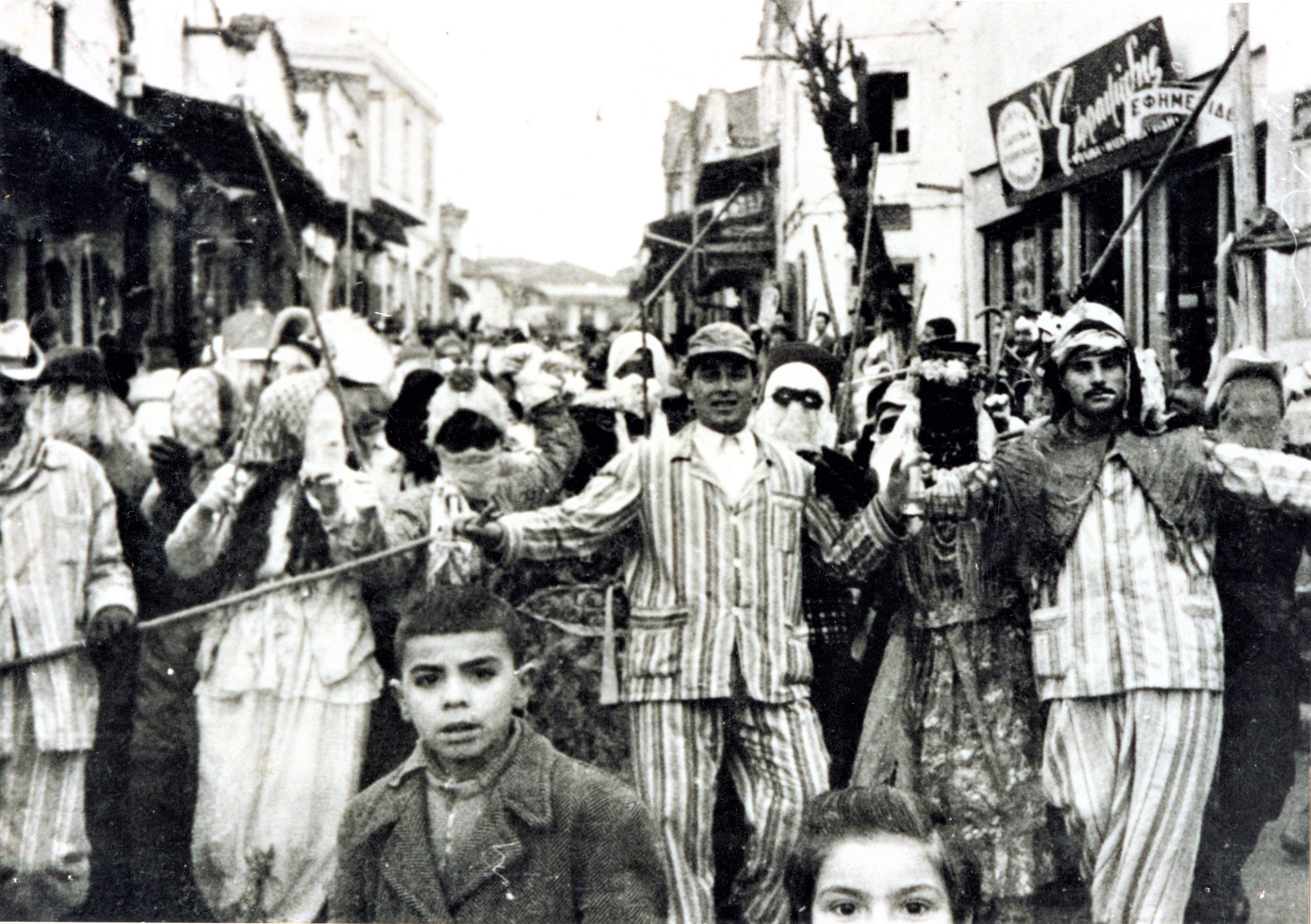
- The pottery tradition of the Anetopoulos family in Malaki, Volos.
The folk art of pottery as developed in the Volos area from the late 19th century to the present day, through four generations of potters from the same family (the Anetopoulos family). Emphasis is placed on their historical journey, their relationship with the city of Volos, the production process, techniques, material objects (ceramics) and their uses, as well as the contemporary production and work of Vangelis Anetopoulos and his children Stelios and Athina.
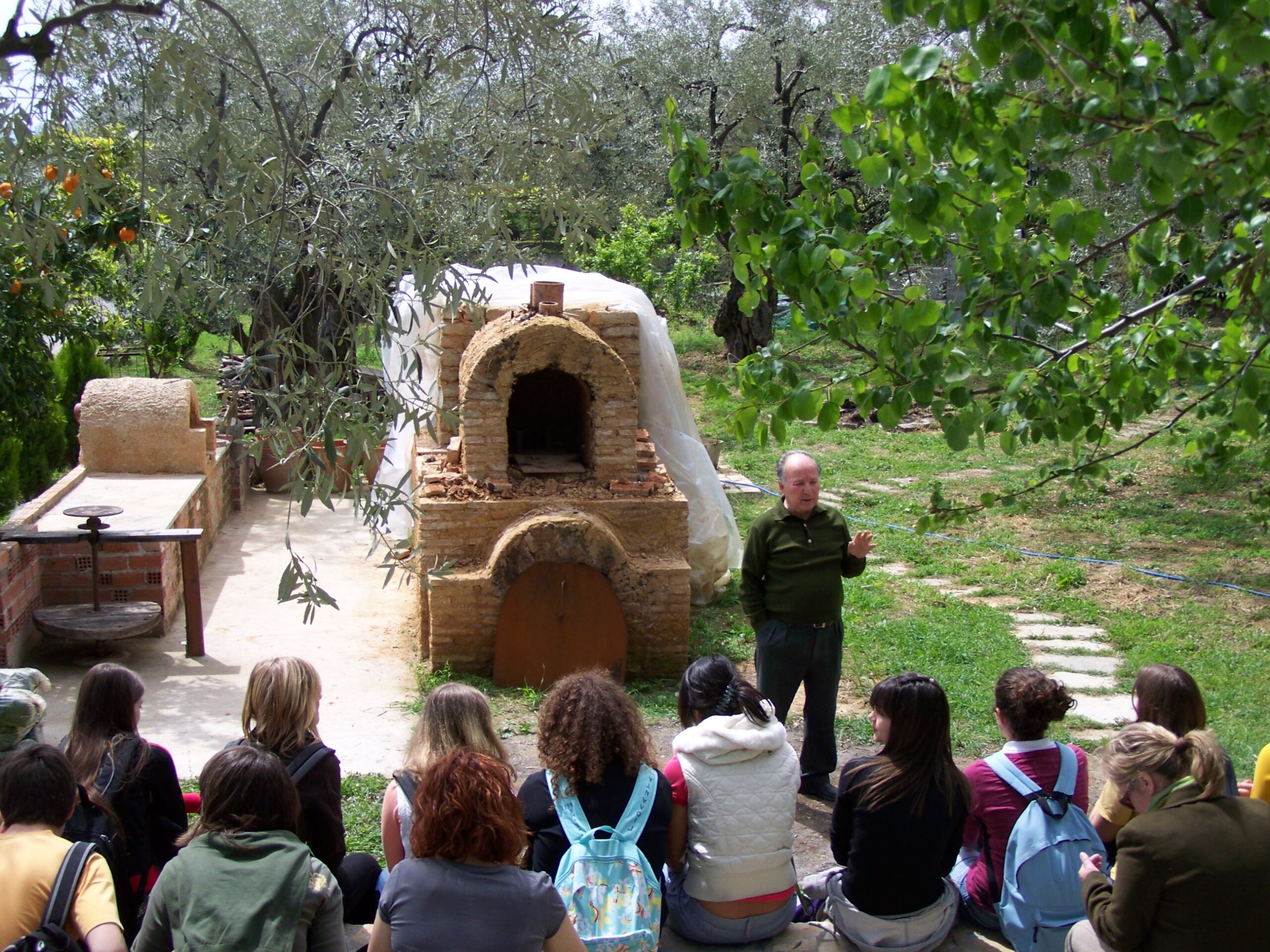
- The cultivation and processing of Azan plums in Skopelos
The black Azan plum takes its name from the French town of Agen, where it originated before being transplanted to Skopelos, grafted, and producing its beneficial fruit. Juicy and sweet, it is dehydrated in wood-fired ovens, offering beneficial properties to the human body. During the summer, the people of Skopelos would gather at their country homes, known as “kalyvia,” to harvest and bake Skopelos black plums, which they sold at very good prices. Plum production shaped the social, cultural, and economic life of the agricultural community. The cultivation of Skopelos plums has been passed down from generation to generation and has been cultivated continuously in the traditional way since its inception, constituting an important element of sustainable development.
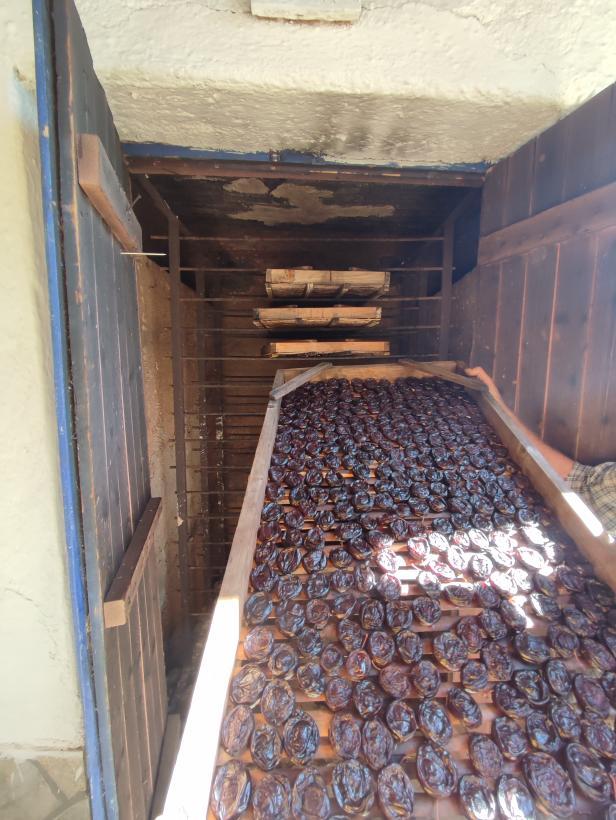
- Argos Orestiko Trade Fair
The Argos Orestiko Trade Fair is the leading commercial event in Western Macedonia, lasting one week, from late September to early October. Its origins date back to at least the 17th century, and it has operated continuously throughout the centuries, with the result that today’s trade fair is an evolution of the livestock and trade fair of that era. Merchants from all over the country come to sell their services and products, and visitors come from all over Northern Greece and the Southern Balkans. It is the most important event of the municipality in the cycle of the year in Argos Orestiko. It continues to be one of the largest and most successful trade fairs in the Balkans.
- The cycle of fava beans in island Greece
Fava is an ancient dish that is still traditionally consumed today on most Greek islands. It is made from crushed legume seeds (beans) from local varieties of five botanical species (3 types of lentils, 1 type of pea, and 1 type of chickpea). Farmers on each island have developed their own cultivation techniques and processing methods in accordance with local traditions. In traditional island society, fava beans are part of both the daily and festive food cycle, creating a unique food culture and surrounded by a multitude of verbal and symbolic practices. Fava continues to be included in local traditional cuisine as well as in contemporary gastronomic compositions.
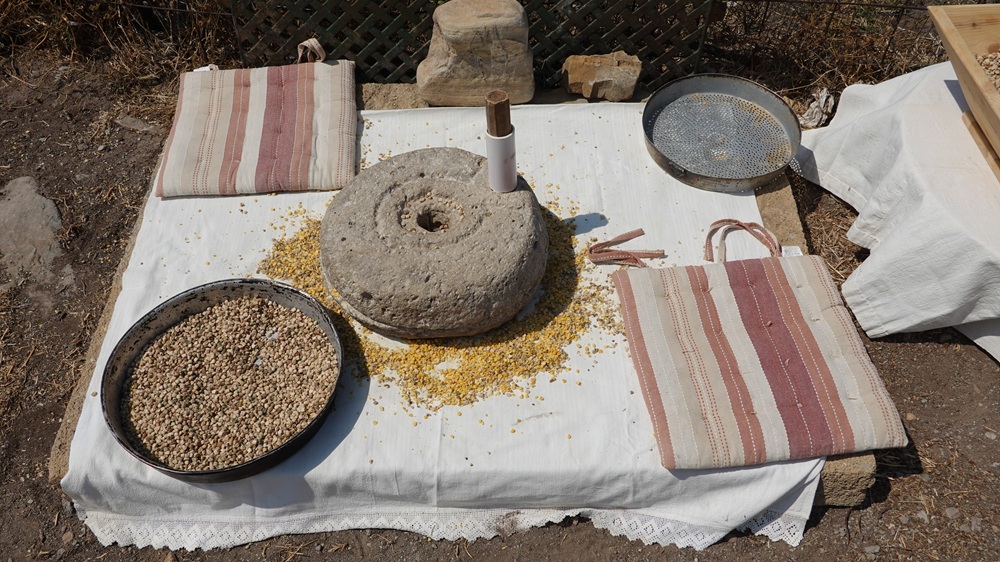

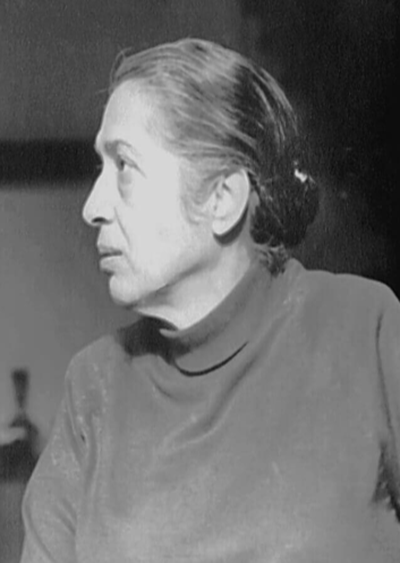
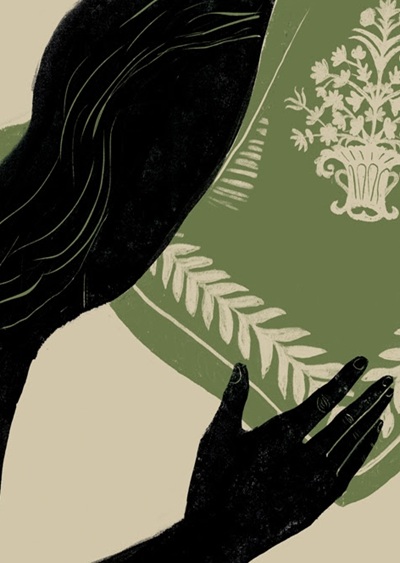




Leave A Comment